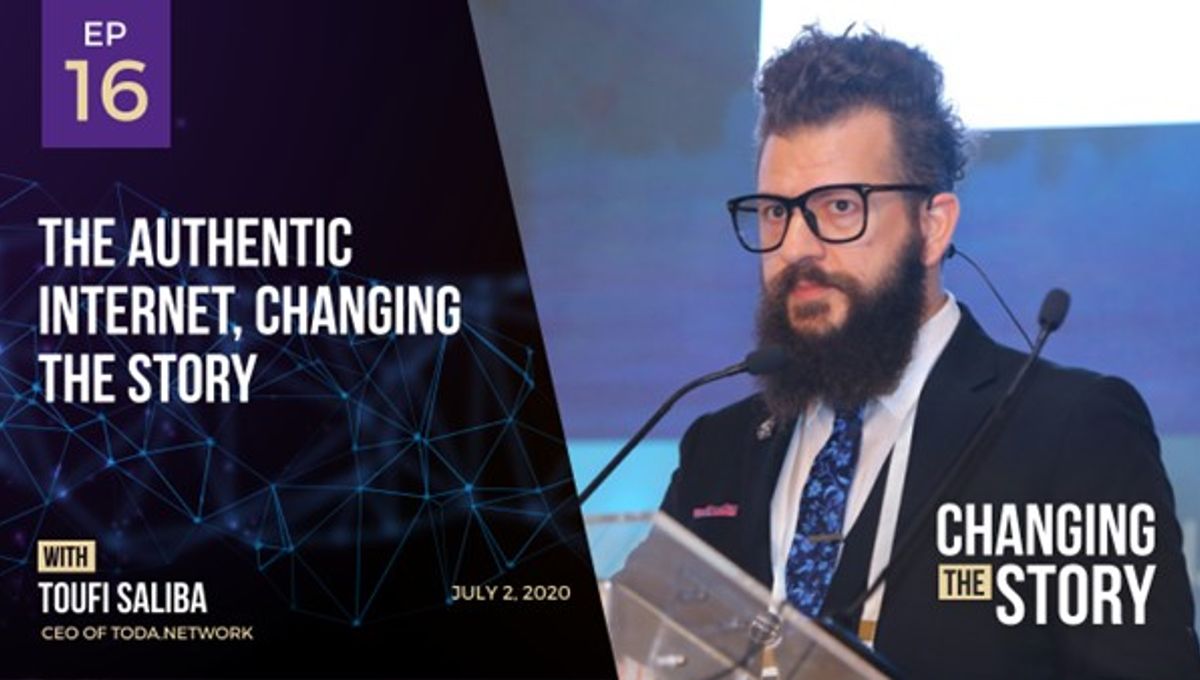
Artificial intelligence is kind of a big deal. While taking the media and workforce by storm this year with ChatGPT — raising endless debates over the future of creative productivity with image generators like DALL-E 2 and inspiring one startup after another — it’s arguably the most important by humanity to date and some even believe it to be the last relevant one that we need to create as it will be capable to do a lot better than all of us combined and at a much faster speed. And with these systems learning so much and developing such advanced techniques for answering questions, solving problems and performing tasks, so many of us are wondering, what’s next?
There’s a concept called Artificial General Intelligence (AGI), defined as an evolved system of many narrow AI systems that use and complement each other to advance further, accomplish more and theoretically inch closer toward human intellect and inevitably soar past us as described by the late Marvin Minsky, a godfather of Artificial Intelligence, a luminary computer science icon and author who described the multi-agent systems several decades ago and long before most of us even heard of the acronym AI. Fast forward to 2023, HyperCycle is a company that specializes in building connective nodes that empower AI smallest modules to compete and collaborate, a process that some AI scientists believe can help get the entire planet to a safer AGI sooner than any single entity and a lot more secure while at it.
Analogous to biological synapses enabling neurons to communicate without dependencies on any central party, HyperCycle’s node designs put AI’s smallest modules in a place where they can cooperate to generate new emergence of intelligence and compete so they continue to self evolve progressively. People talk about how AI writing and art are limited because they tend to cherry-pick from the same popular resources. But, just like with humans, the more they can collaborate and communicate, the more diversity they can inhabit and the wider range of thoughts they can process.
HyperCycle hopes to help evolve AI into an era of more concrete and reliable work. Its process has also been hypothesized to possibly help AI machines get to multi-agent learning and decentralized secure and safe decision making. In its efforts to connect AI machines on a deeper level, HyperCycle produces lightweight, network-based ledger less blockchain designs for its nodes to support scalable AI microservices.
So, while we all continue to create new AI machines and evolve their consciousness on a mass level, HyperCycle can connect it all while creating a ton of new products and services along the way. In addition to helping machines build toward the future, HyperCycle is led by a forward-thinking CEO named Toufi Saliba. His vision goes beyond connecting AIs to predicting where they will thrive most. For example, he believes that “Paraguay has the will to convert some of the clean energy from its hydroelectric towards AI computation, and therefore could become a major hub.”
To learn more about the intricacies of how HyperCycle is working to bring us to AGI faster, check out this whitepaper today.
This article is an advert and includes sponsored material. Read our transparency policy for more information.
Source Link: How Connecting AIs Could Lead to AGI